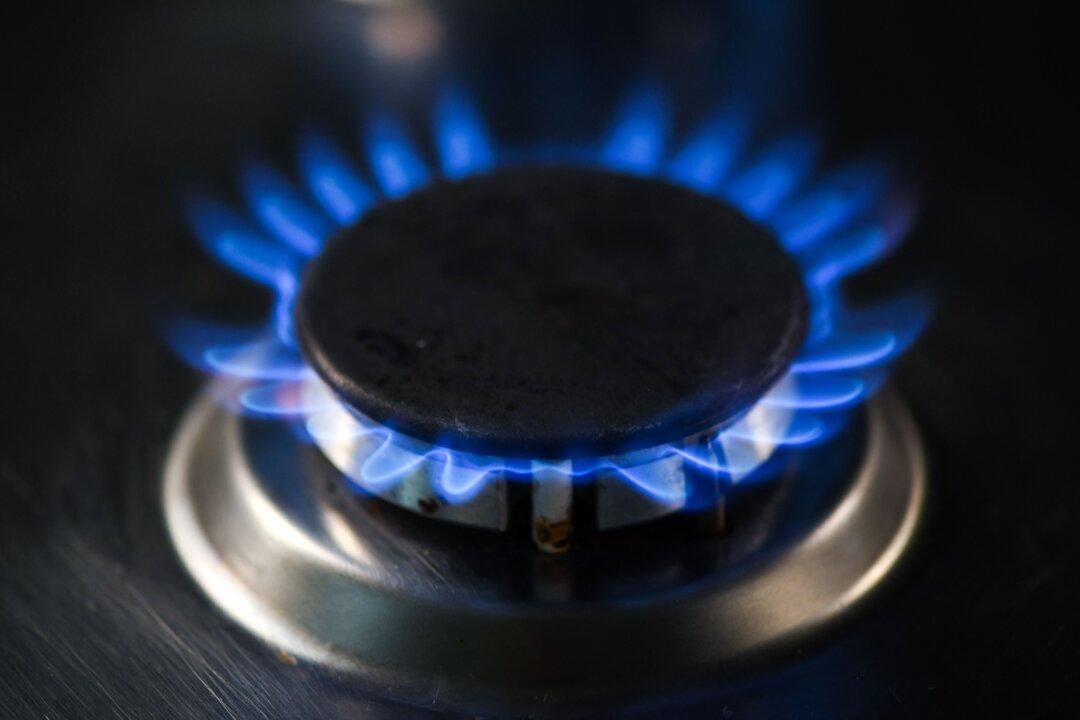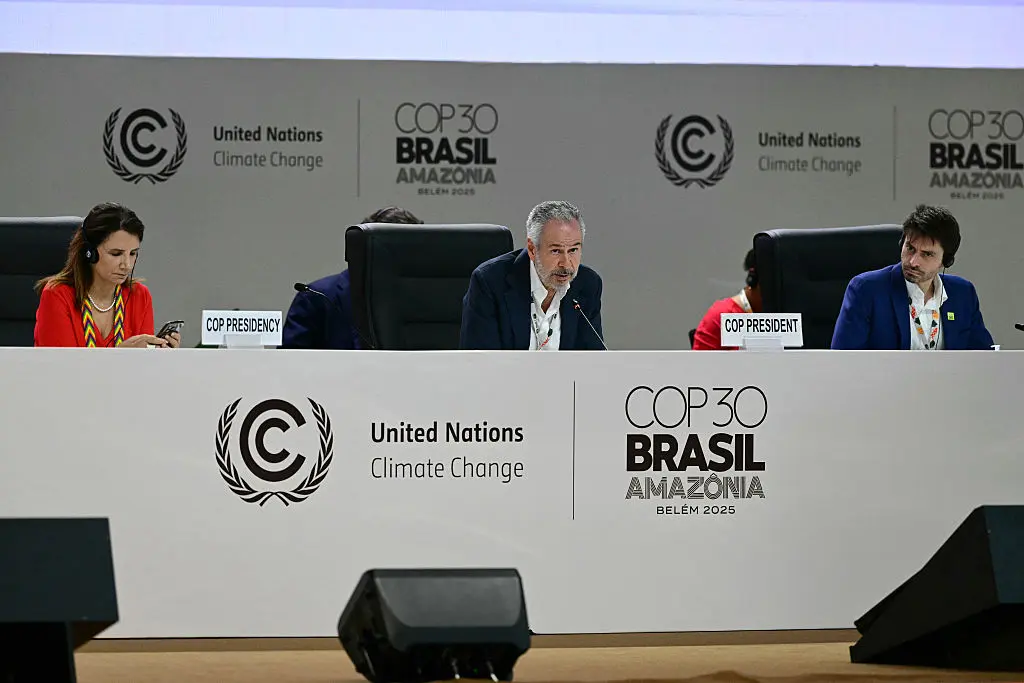Australia’s southern states may face “structural shortages” by 2027, potentially requiring imports to meet demand, according to the Australian Competition and Consumer Commission (ACCC).
Their new gas inquiry report (pdf) raises alarm about the risks of gas shortages in the next two years.





